Last week, Vietnamese PhD student Trinh Hoang Trieu successfully defended his doctoral thesis on the topic of AI problem solving at New York University. The research, along with contributions from two scientists at Google DeepMind, Dr. Le Viet Quoc and Luong Thang, was published in the journal Nature.
With a set of 30 Olympic geometry problems from 2000 to 2022, AlphaGeometry solved 25 problems, compared to the average score of gold medalists of 25.9, far surpassing 10 problems of computer math systems developed in the 1970s.
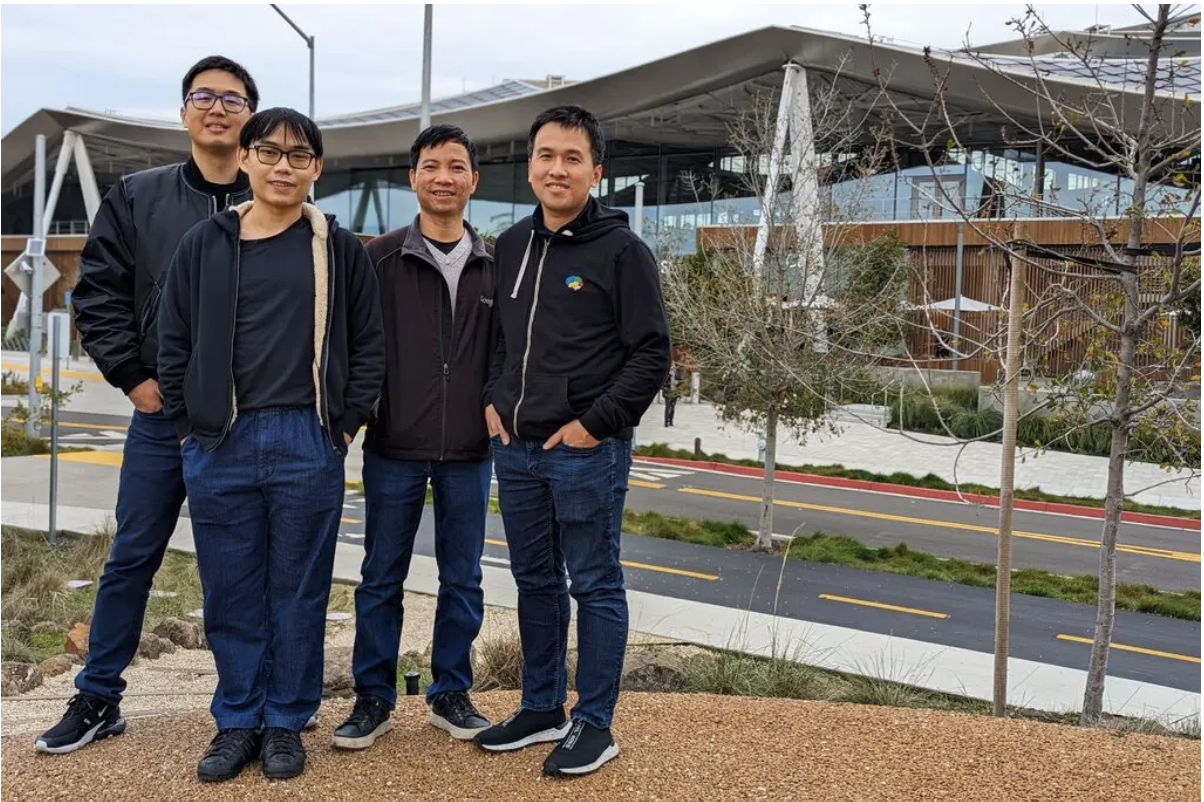
In recent years, Google DeepMind has been pursuing a number of AI research projects related to mathematics. Therefore, Olympiad-level problems are used as criteria for evaluating machine learning.
According to Michael Barany, a historian of mathematics at the University of Edinburgh, the AlphaGeometry study “is a milestone in the ability to reason automatically at the human level.”
Terence Tao, a University of California mathematician who won an Olympic gold medal at the age of 12, called the AI system a “fantastic achievement” and said the results were “surprising.”
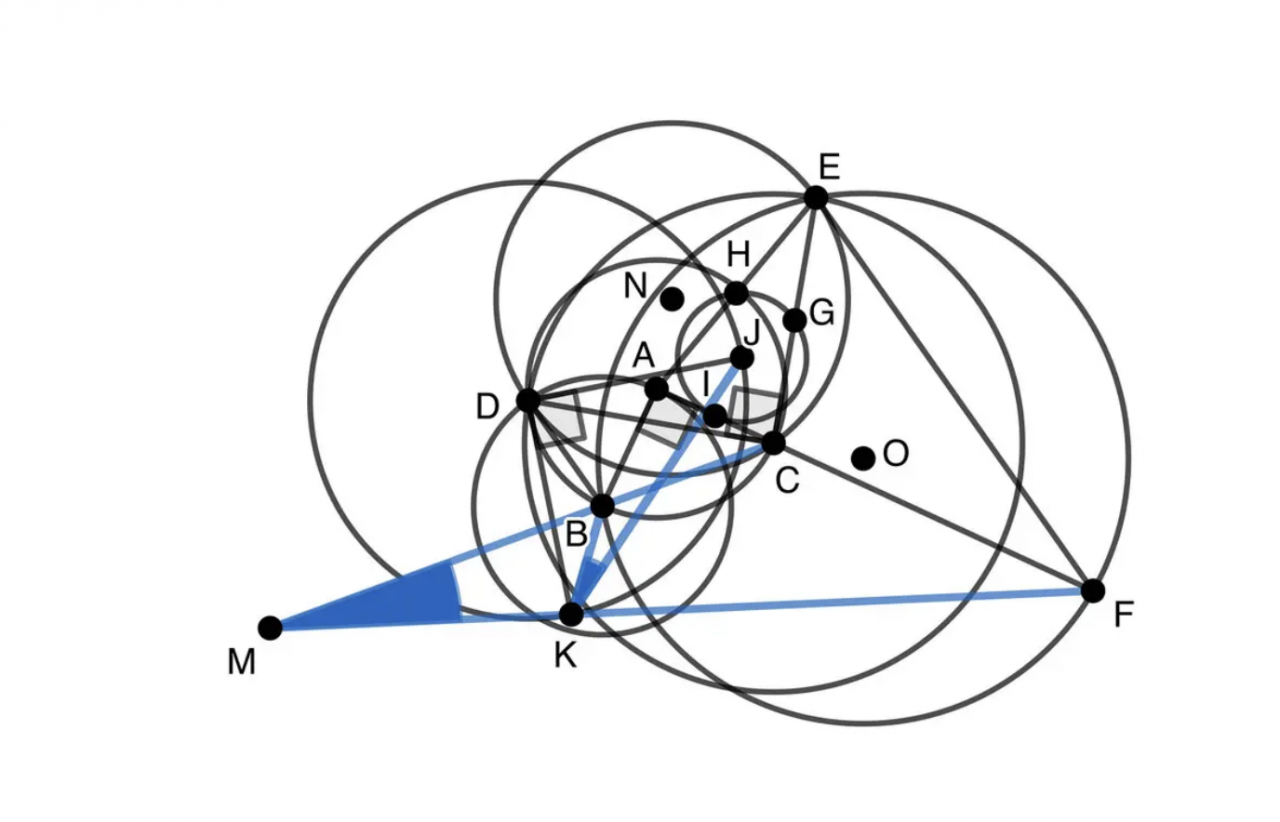
Meanwhile, the author of the study, Trinh Hoang Trieu, said that mathematical reasoning is just a form of reasoning but has the advantage of being easy to verify. “Mathematics is the language of truth,” said the Vietnamese doctor. “If you want to develop an AI system, you need to build a trustworthy AI that can find the truth that users can trust,” especially in applications that require high safety requirements.
AlphaGeometry is a system that combines a neural network language model (deep in artificial intuition, similar to ChatGPT but smaller) with a symbolic engine (specialized in artificial reasoning, like a logic computer), before being fine-tuned to understand geometry.
The special thing about the algorithm is that it can generate a solution from nothing. Current AI models, on the other hand, have to search for existing solutions or solutions that humans have found.
The results were based on a neural network trained on 100 million geometric examples without human answers. When it starts a problem, the symbolic engine works first. If it gets stuck, the neural algorithm suggests ways to improve the argument. This loop continues until the time runs out (four and a half hours) or the problem is solved.
Stanislas Dehaene, a cognitive neuroscientist at the College de France, said he was impressed with AlphaGeometry’s performance, but the system “has no awareness of the problem it is solving.” In other words, the algorithm only processes the logical and numerical encodings of images. “It has no spatial awareness of circles, lines, or triangles.”
Dr. Luong Thang said this “sensory” element could be added this year, using Google’s Gemini AI platform.
(According to WashingtonPost)

Source








![[Photo] General Secretary To Lam attends the 80th anniversary of Vietnam's diplomacy](https://vstatic.vietnam.vn/vietnam/resource/IMAGE/2025/8/25/3dc715efdbf74937b6fe8072bac5cb30)
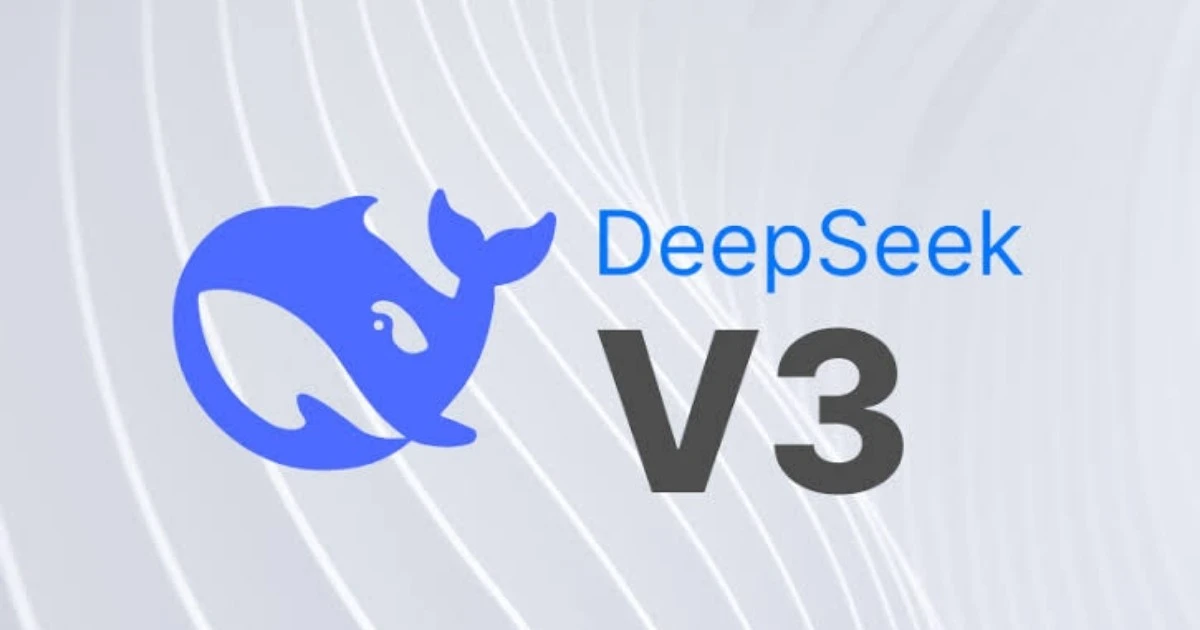

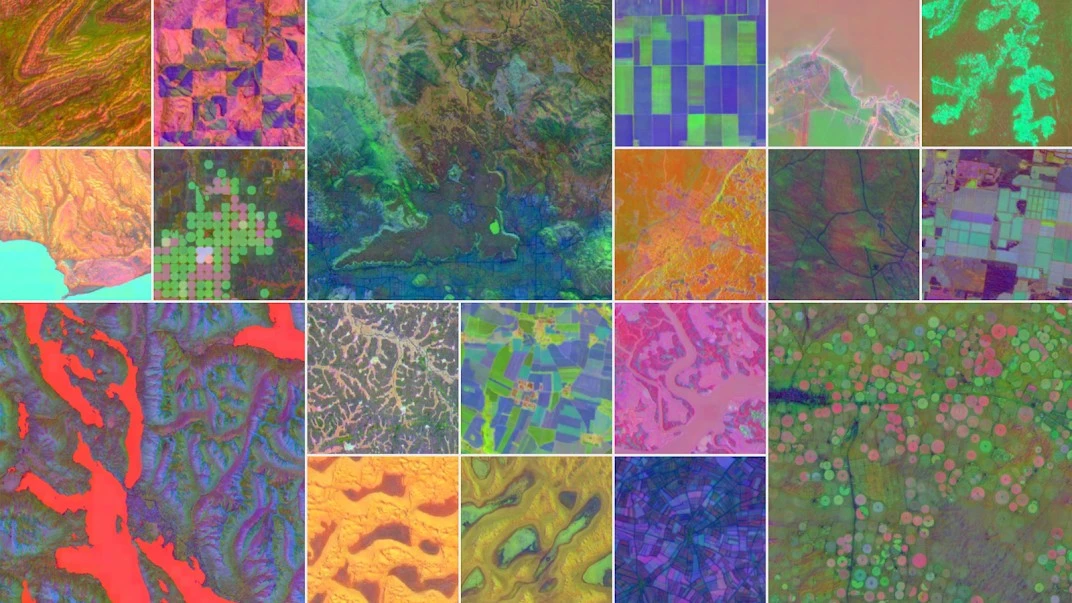



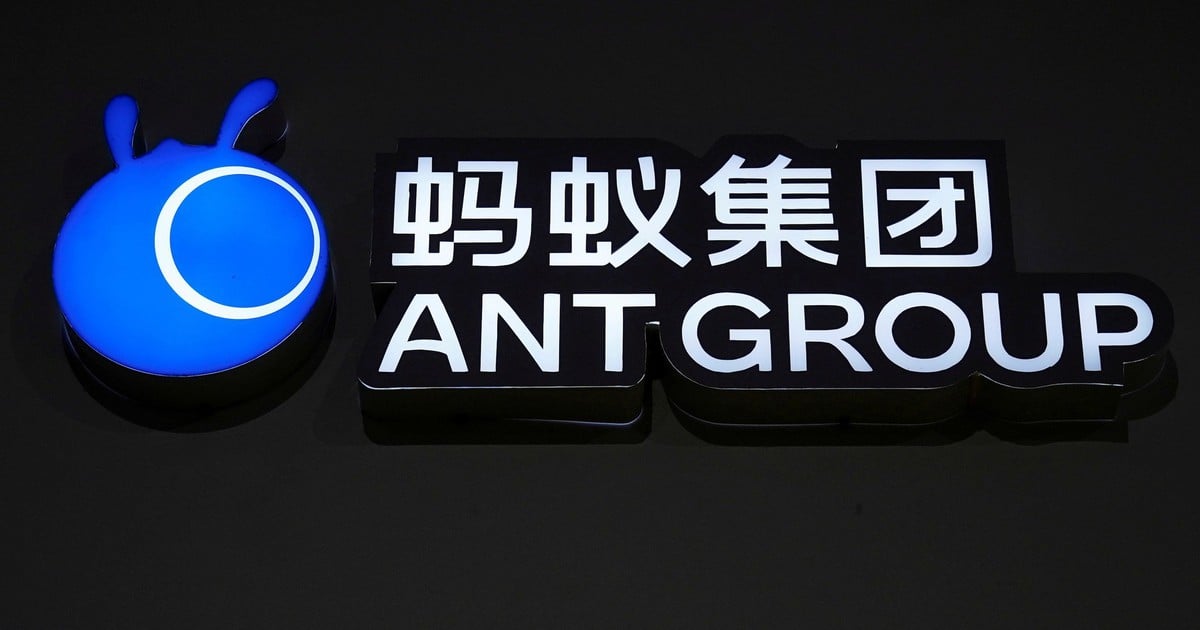

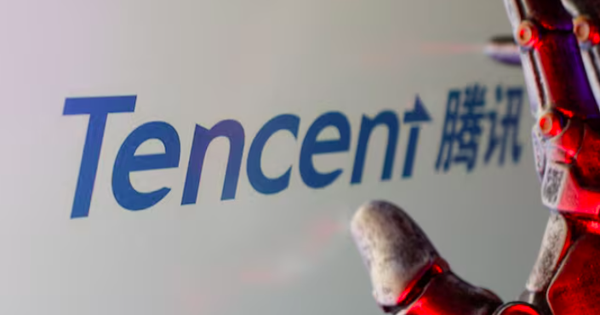






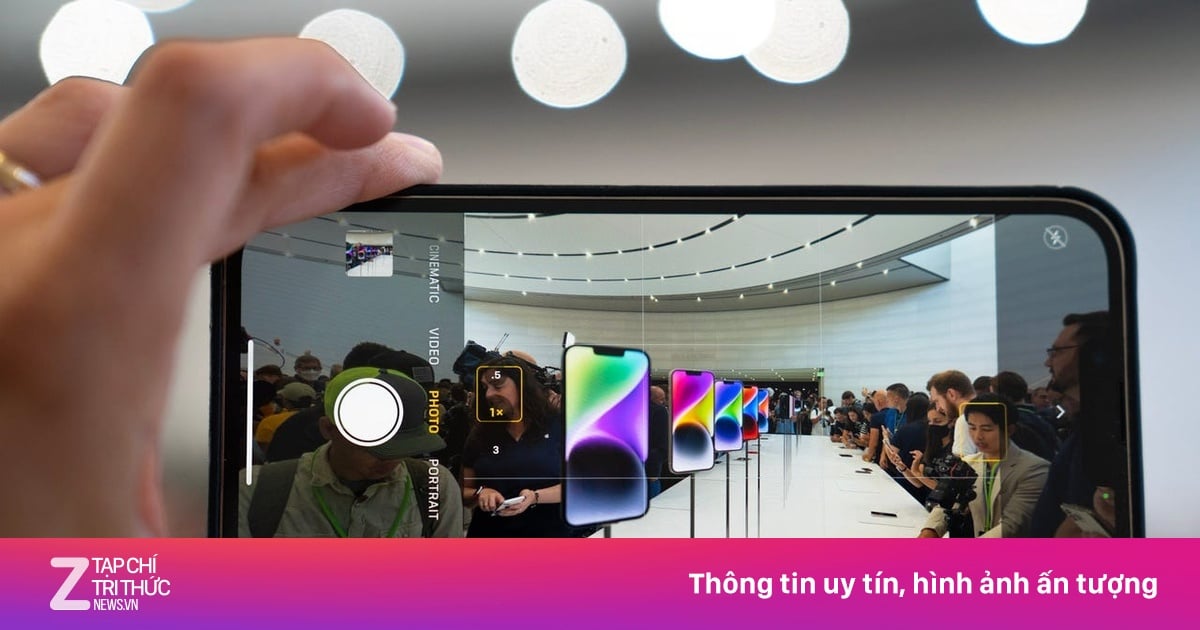

















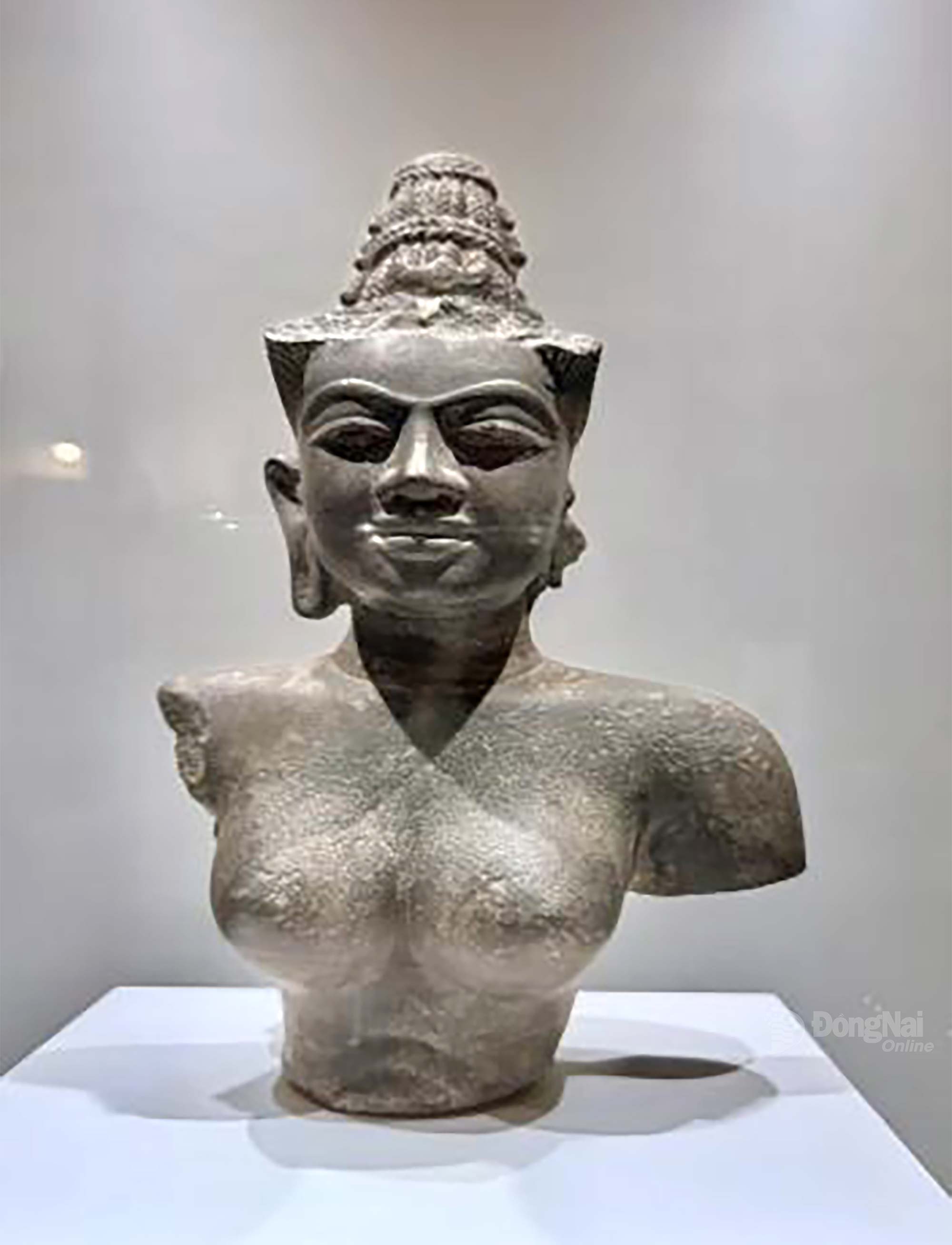














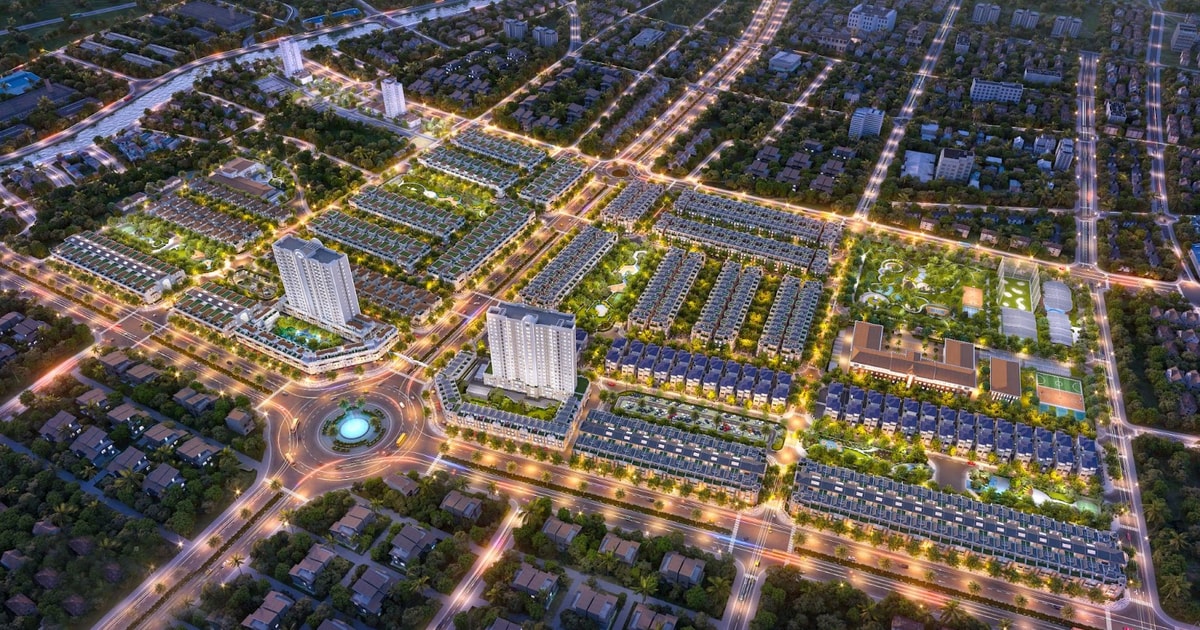

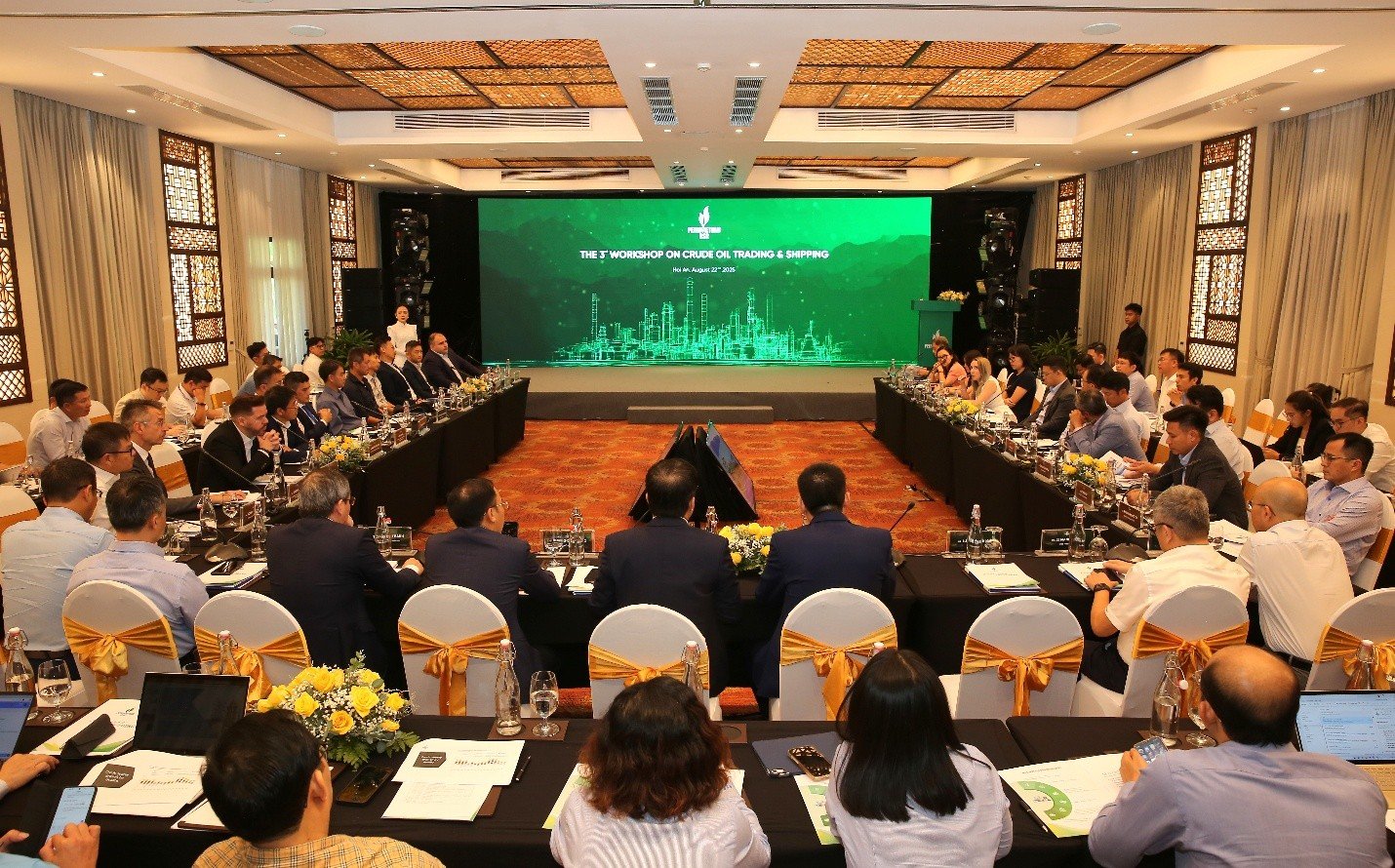
![[E-Magazine] Petrovietnam – Strong steps to realize the “Epochal Transformation”](https://vstatic.vietnam.vn/vietnam/resource/IMAGE/2025/8/25/e745baade70f4e1e96f5314f65eac658)

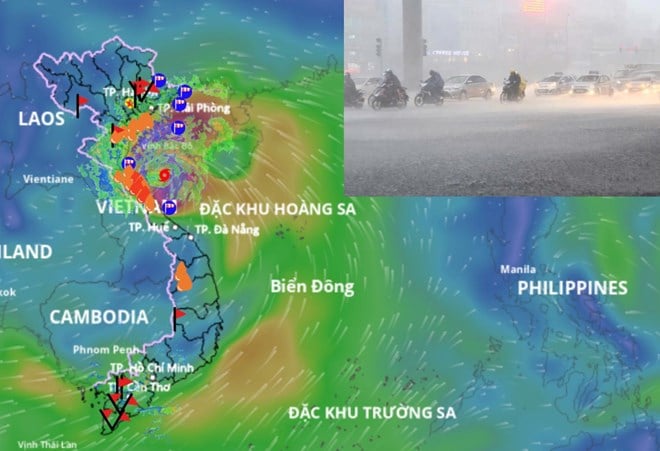

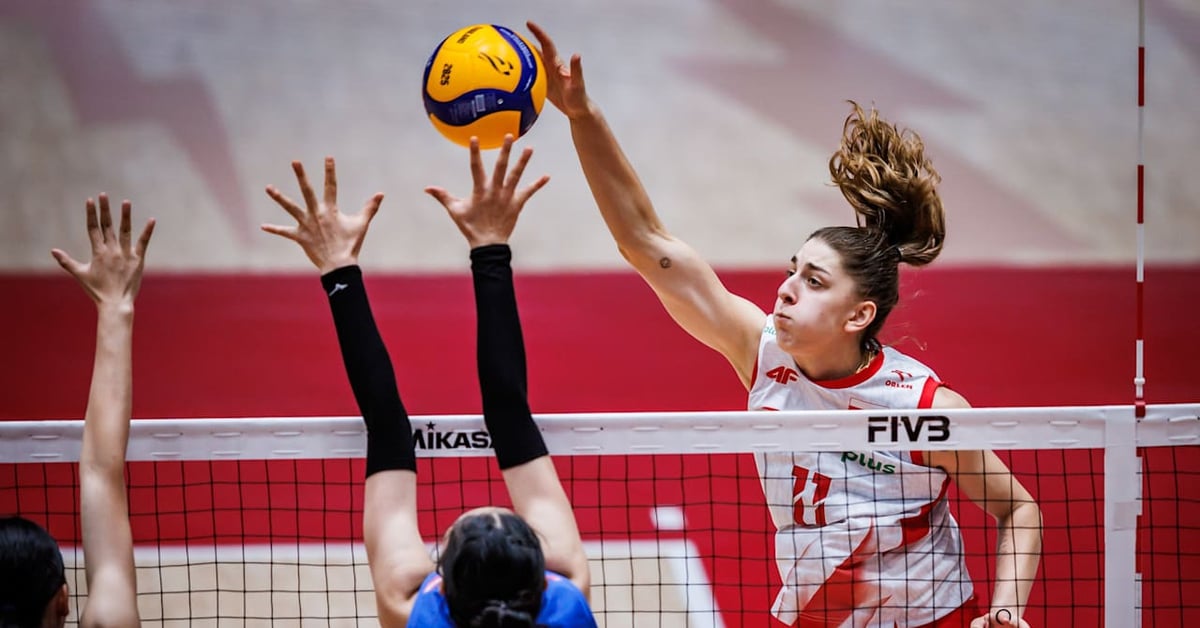
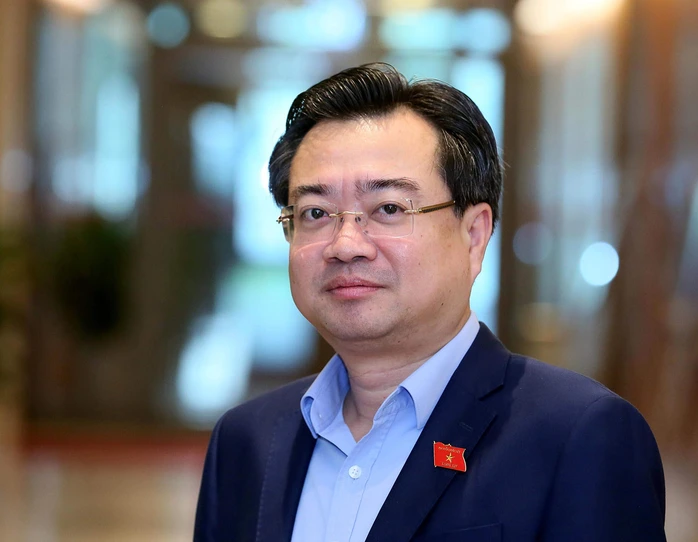
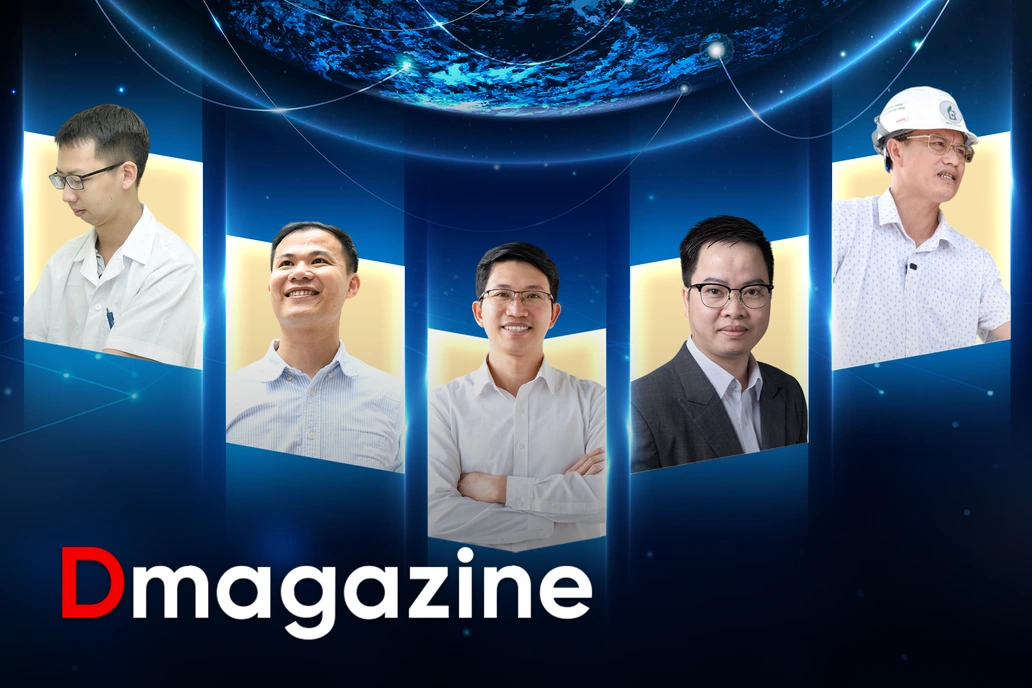













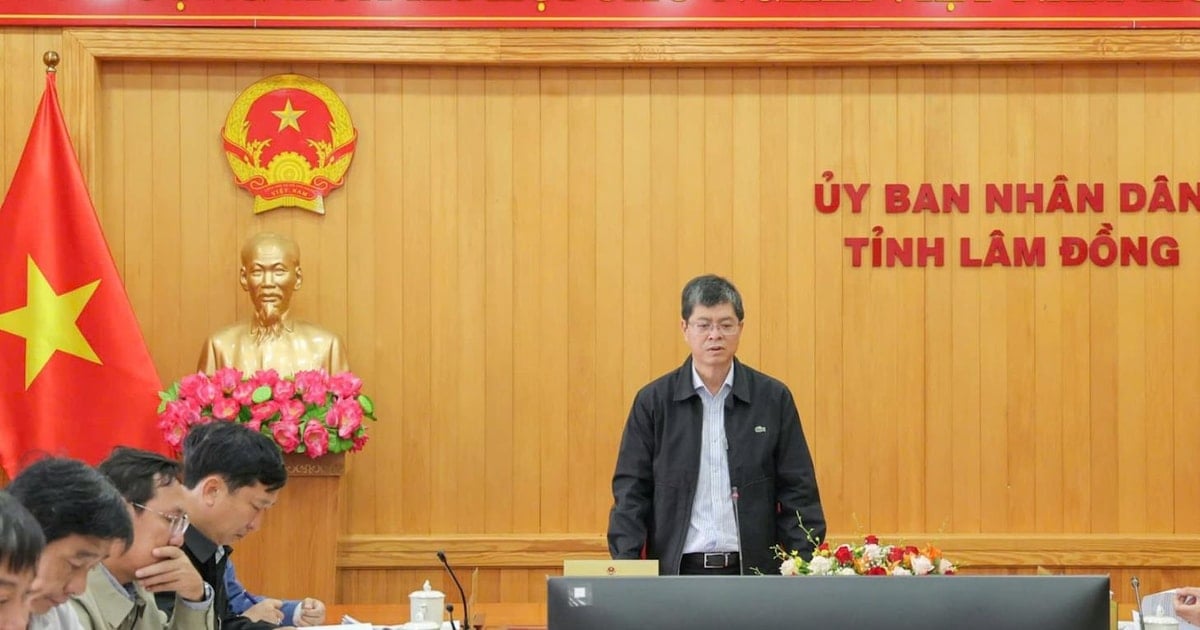



















Comment (0)